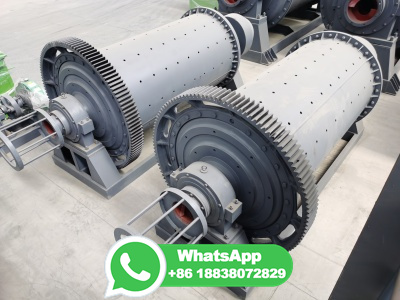
The Earth's supply of metal ores close ore A rock containing enough quantities of a mineral for extraction to be possible. is limited. For example, highgrade copper ores are becoming harder to ...
WhatsApp: +86 18203695377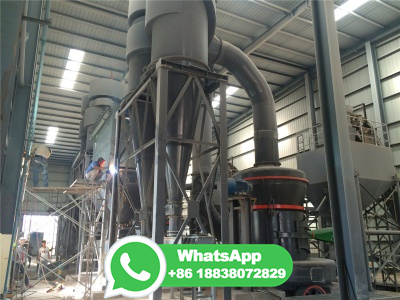
Overall, some 20% of the world's copper production comes from bioleaching. The practice is not limited to copper. Microorganisms are also used to extract gold and uranium.
WhatsApp: +86 18203695377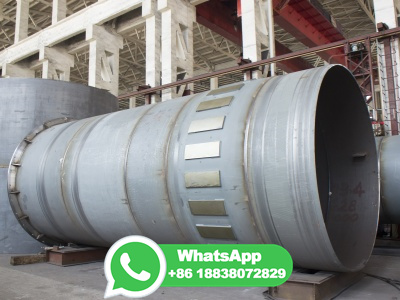
In this regard, the present work assessed the bioleaching of two chalcopyrite ores—containing % Cu (copper ore 1) and % Cu (copper ore 2) by the extreme thermophilic archaea Sulfolobus acidocaldarius. In addition, the effect of different NaCl concentrations ( − mol/L) on copper extraction were investigated.
WhatsApp: +86 18203695377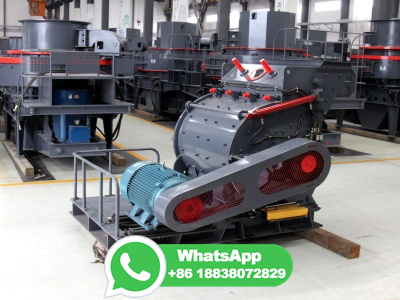
Although bioleaching is used commercially to process copper, zinc, nickel and cobalt ores, ... Post bioleaching process the extraction of metals is a crucial and complex procedure. Due to no. of metals and nonmetals embedded over the waste material, a multicomponent solution is obtained. Therefore, the extraction of target metals is a ...
WhatsApp: +86 18203695377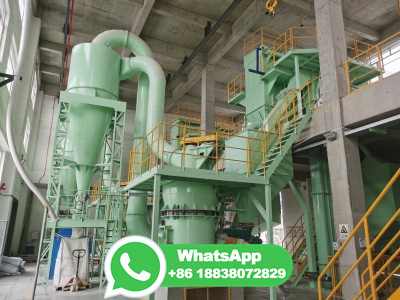
Biofilm formation within the process of bioleaching of copper sulfides is a relevant aspect of iron and sulfuroxidizing acidophilic microorganisms as it represents their lifestyle in the actual heap/dump mining industry.
WhatsApp: +86 18203695377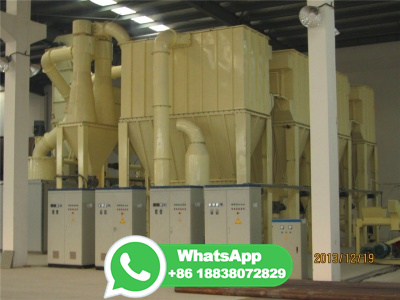
1. Introduction. The copper mine industry is facing with the need to process lowgrade ores using lowcost technologies to meet global demand unceasingly (Faramarzi et al., 2020).As an economical and environmental friendly method, bioleaching has been exploited to liberate metals, such as copper, iron and nickel, from lowgrade ores in some mining area (Panda et al., 2015).
WhatsApp: +86 18203695377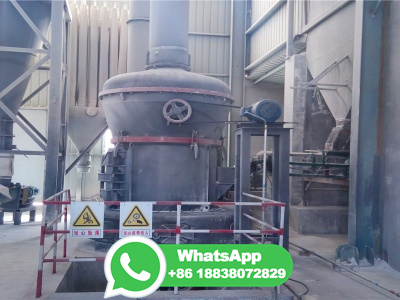
Fig. 6 shows a twostage pilotscale heap bioleaching process to extract copper, gold, and silver from a polymetallic sulfide ore using biosolutions containing acidophilic chemolithotrophic bacteria for copper bioleaching, and containing microbial protein hydrolysate, thiosulphate, and copper and sulfite ions for gold and silver bioleaching ...
WhatsApp: +86 18203695377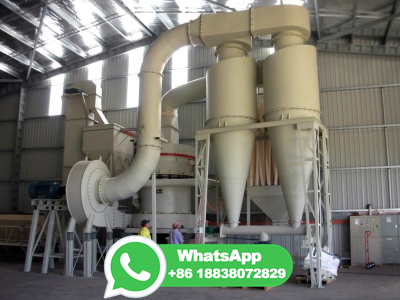
Abstract. In copper dump leaching, runofmine ore is irrigated with acidic leaching solution to generate aqueous cupric ions for further processing. The very large size of the ore particles being leached, as much as two meters in diameter, should preclude any significant metal recovery. Dump leaching should not work; and yet it does.
WhatsApp: +86 18203695377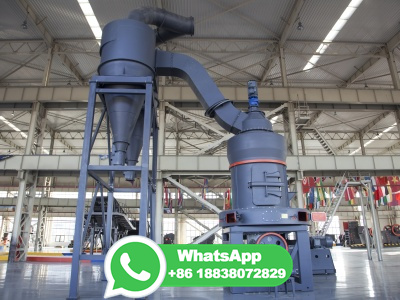
Thionic bacteria facilitating bioleaching of sulfide ores were produced from sulfides and runoffs from the Allarechensky Deposit Dumps coppernickel ores. For further work in a bioreactor at 27 °C and steady aeration bacterial biomass with a cell number of 10 9 cells/mL was produced. A scaleup process was carried out during 1012 days on ...
WhatsApp: +86 18203695377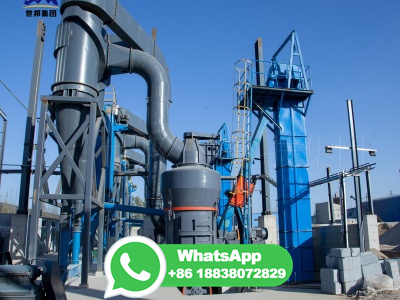
The most known application for this technology is the bio‐oxidation of copper sulphides from primary resources, but opportunities in the mining industry will target too the processing of secondary resources, such as tailings, slag, concentrates and dumps as well as run of mine and crushed low‐grade ore material, with an increasingly positioning of bioleaching as a natural solution ...
WhatsApp: +86 18203695377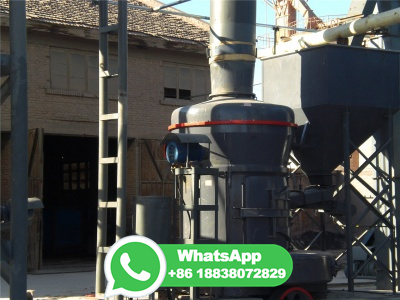
This paper reports on a study of column bioleaching of a lowgrade chalcopyrite ore that is currently dumpleached under natural biological conditions without any control over microbial populations. The experimental methodology was focused on the effect of managing the bacterial populations in a raffinate solution sourced from a dumpleach operation. This study presents results from columns of ...
WhatsApp: +86 18203695377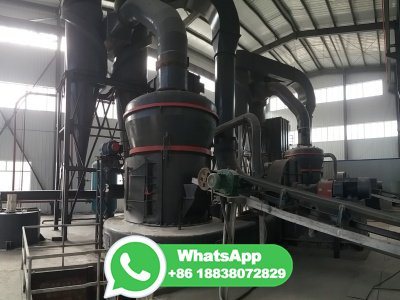
Common alternative methods of metal extraction include leaching, bioleaching, and electrowinning. →How does leaching work in metal extraction? Leaching involves dissolving metal ions from the ore using a suitable solvent, such as an acid. The metal ions are then recovered from the solution.
WhatsApp: +86 18203695377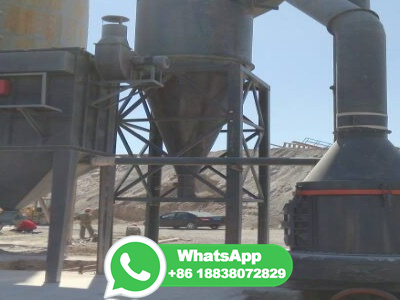
On a former Air Force base in Louisiana, Ucore Rare Metals aims to process rare earths by mid2025 using a technology known as RapidSX that it says is at least three times faster than solvent ...
WhatsApp: +86 18203695377
The solution is called a leachate and the process is called bioleaching close bioleaching Using bacteria to extract metals from their ores.. Bioleaching can be used to extract copper metal.
WhatsApp: +86 18203695377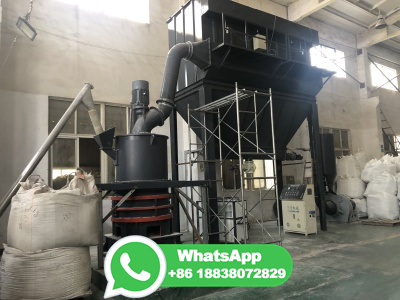
The use of biotechnology to explore lowgrade ore deposits and mining tailings is one of the most promising alternatives to reduce environmental impacts and costs of copper extraction. However, such technology still depends on improvements to be fully applied in Brazil under industrial scale. In this way, the bioleaching, by Acidithiobacillus ferrooxidans, in columns and stirred reactors were ...
WhatsApp: +86 18203695377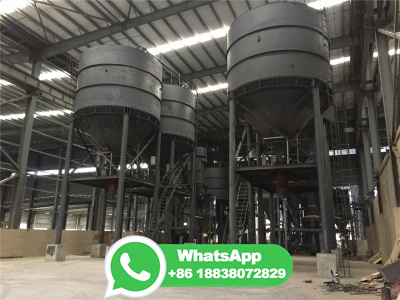
Additionally, for gold and copper extractions, bioleaching is used to extract cobalt, zinc, nickel, and uranium from lowgrade ores and industrial effluents. In this review, the fundamental process of bioleaching from lowgrade metal sulfide ores are discussed with emphasis on mechanism, types, pathways, techniques, and bioleaching development.
WhatsApp: +86 18203695377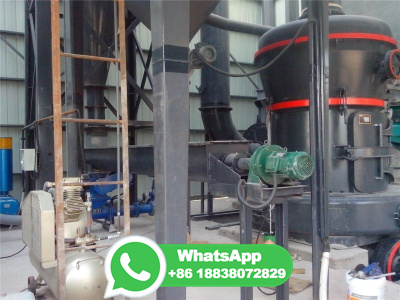
Copper (Cu) extraction and processing is one of the most important mining activities around the world. ... Initially during this process, lowgrade Cu ores (with less than 2% Cu content) are ground and crushed. ... José Antonio, Jennyfer Serrano, and Eduardo Leiva. 2018. "Bioleaching of ArsenicBearing Copper Ores" Minerals 8, no. 5: 215 ...
WhatsApp: +86 18203695377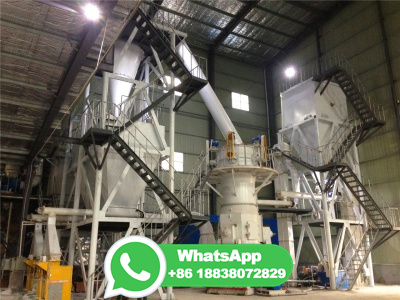
Mu et al. reported a process for synchronous extraction of nickel and copper from a mixed oxidesulfide nickel ore in a lowtemperature roasting system. In this process, sodium sulfate was used as an additive for improving the extraction of nickel by converting into Napyrosulfate, and more than 97% of nickel could be extracted after roasting ...
WhatsApp: +86 18203695377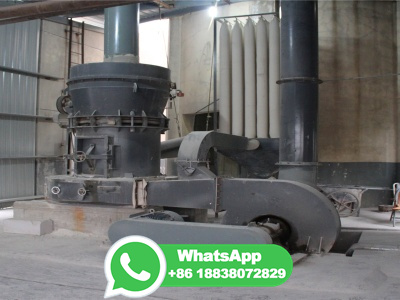
Bioleaching may be effectively used to extract nonferrous metals from sulfide ores and concentrates. At the same time, some minerals are refractory and their bioleaching rate is often comparatively low that does not allow the required metal extraction rate to be achieved. In the present work, we studied the twostage process, which included stages of biological and chemical leaching, to ...
WhatsApp: +86 18203695377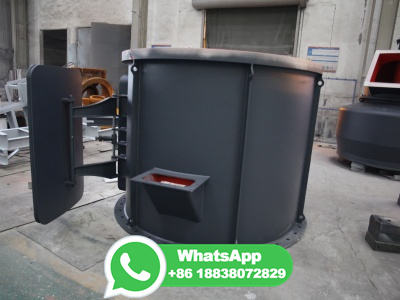
Bioleaching is a simple and effective technology for metal extraction from lowgrade ores and mineral concentrates. Metal recovery from sulfide minerals is based on the activity of chemolithotrophic bacteria, mainly Thiobacillus ferrooxidans and T. thiooxidans, which convert insoluble metal sulfides into soluble metal sulfates. Nonsulfide ores ...
WhatsApp: +86 18203695377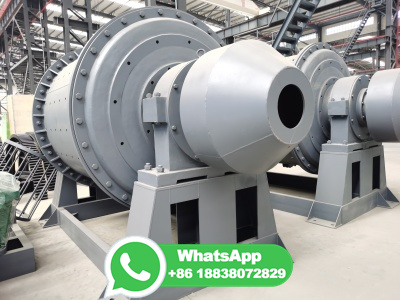
Dump leaching was popularly used for the extraction of copper sulfide ores (Brierley 2008). Heap Leaching. Heap bioleaching is a speedily rising method for the extraction of base metals from sulfide minerals. Bioheaps are a big amount of lowgrade ores and effluents from extraction strategies that include trace quantities of minerals.
WhatsApp: +86 18203695377
Alternatively, bioleaching (or biomining) by microorganisms is used to extract metals from ores by dissolving them into extremely acidic aqueous solution. Bioleaching is a natural process involving acidophilic bacteria and archaea, which have the ability to either oxidize metal sulfides or to oxidize reduced inorganic sulfur compounds (RISCs ...
WhatsApp: +86 18203695377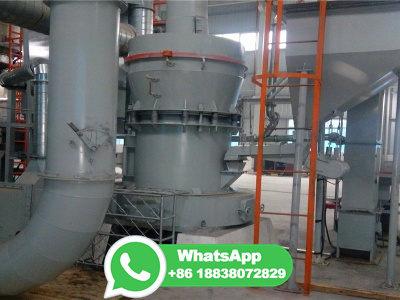
Sengupta Sahana. Bioleaching is the extraction of specific metals from their ores through the use of bacteria. Bioleaching is a new technique used by the mining industry to extract minerals such ...
WhatsApp: +86 18203695377
Heap leaching. Heap leaching is another common method used to extract copper from lowgrade ore. The process involves placing the ore on a lined pad and then sprinkling it with a solution that contains sulfuric acid. The acid leaches the copper out of the ore and into the solution, which is then collected and processed to concentrate the copper.
WhatsApp: +86 18203695377
Microbial ore leaching (bioleaching) is the process of extracting metals from ores with the use of microorganisms. This method is used to recover many different precious metals like copper, lead, zinc, gold, silver, and nickel. Microorganisms are used because they can: lower the production costs. cause less environmental pollution in comparison ...
WhatsApp: +86 18203695377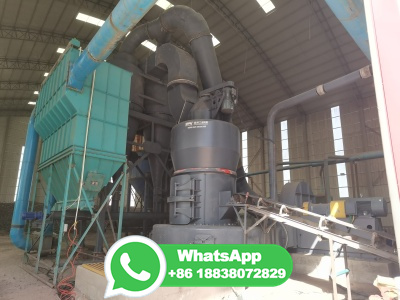
Spasova et al. (2006) examined the extraction of copper, gold, and silver from a heap consisting of five tons of polymetallic sulfide ore that had been crushed to less sizes than 10 mm. The main copperbearing mineral of the ore was chalcopyrite, while secondary copper sulfides, such as covellite and bornite, also were present.
WhatsApp: +86 18203695377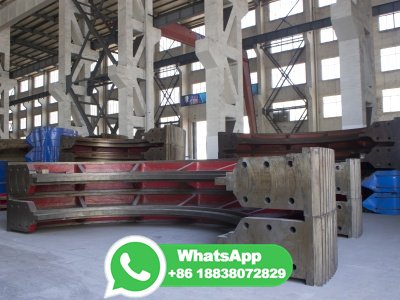
net reaction: (4) In general, sulfides are first oxidized to elemental sulfur, whereas disulfides are oxidized to give thiosulfate, and the processes above can be applied to other sulfidic ores. Bioleaching of nonsulfidic ores such as pitchblende also uses ferric iron as an oxidant (, UO 2 + 2 Fe 3+ ==> UO 22+ + 2 Fe 2+ ).
WhatsApp: +86 18203695377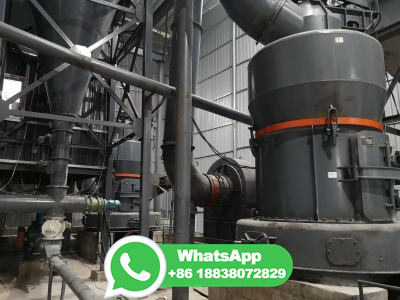
The interaction between microorganisms and minerals was a hot topic to reveal the transformation of key elements that affecting bioleaching efficiency. Three typical lowgrade copper ores, the main copperbearing components of which were primary sulfide, secondary sulfide and highoxidative sulfide copper, were obtained from Dexing, Zijinshan ...
WhatsApp: +86 18203695377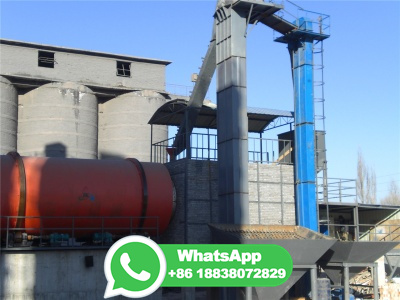
bioleaching processes for extracting metals, such as copper, cobalt, and uranium 136 Nonetheless, bioleaching's demonstrated capabilities have not been sufficient to gain
WhatsApp: +86 18203695377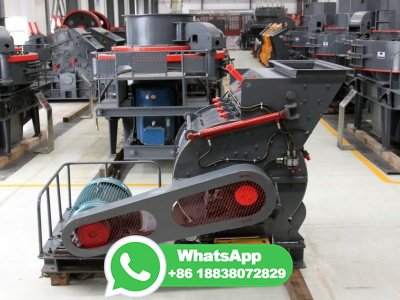
Bioleaching is the use of bacterial microorganisms to extract precious metals, such as gold, from ore in which it is an alternative to smelting or roasting, miners use bioleaching when there are lower concentrations of metal in ore and they need an efficient, environmentally responsible method to extract it. The bacteria feeds on nutrients in minerals, thereby separating the metal ...
WhatsApp: +86 18203695377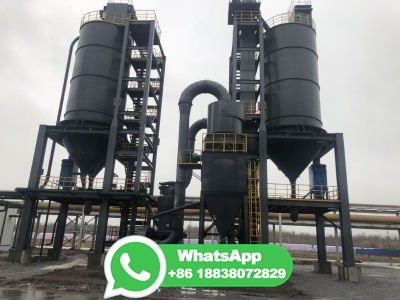
The bioleaching process resulted in 98% (copper) and 82% (nickel) at 30 °C (160 rpm) within 72 h. ... (zinc), 64% (aluminum), 86% (copper), and 74% (nickel) were obtained. A higher copper extraction of 85% at 50 °C in 8 d by Sulfobacillus ... Kaksonen, Bioleaching of gold from sulfidic gold ore concentrate and electronic waste by ...
WhatsApp: +86 18203695377